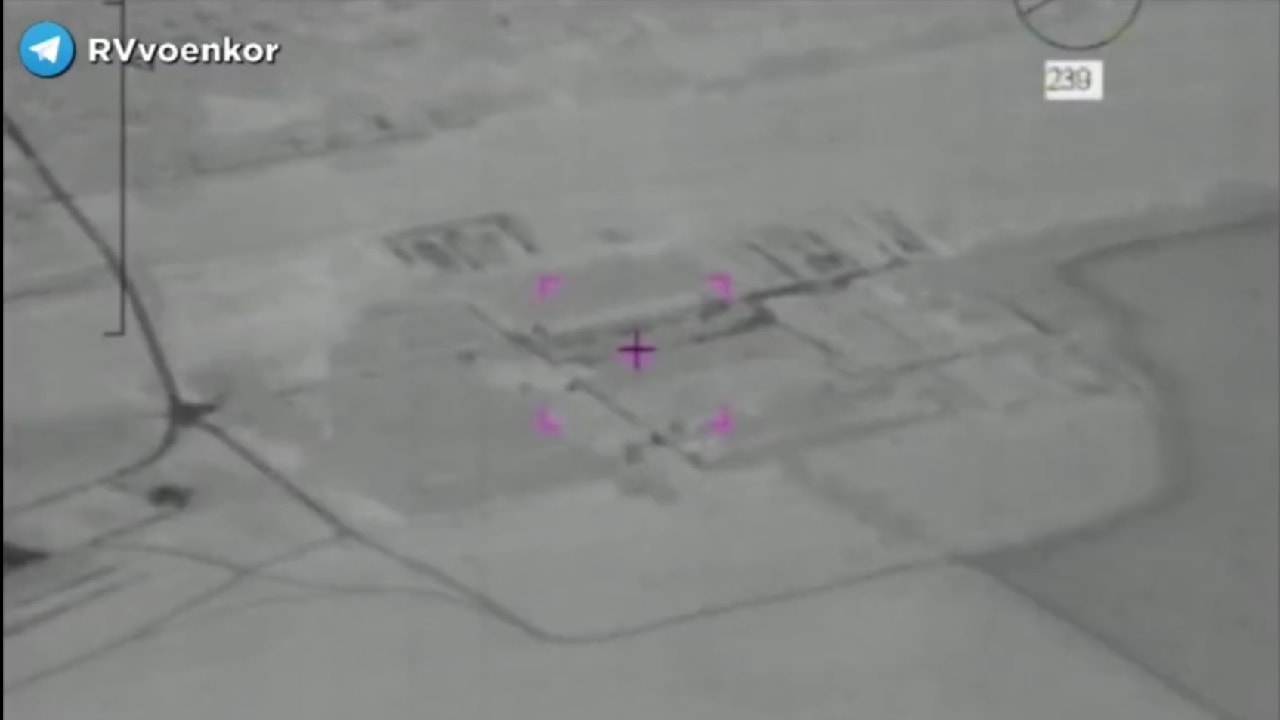The success of Ukrainian drones has been well documented in the war, but Russia is also attempting to strike back with its own remotely-piloted vehicles such as the Orlan-10. This drone is assisting artillery to blow up targets, many incidents of which are documented on social media. The performance of the Orlan-10 however has been a mixed bag. The Ukrainians have shot it down on several occasions. Let’s take a closer look at the Orlan-10 to see just what it brings to the table.
This video below from the Orlan-10 shows you how Russia has destroyed Ukrainian targets with targeting data from the drone.
Deadly Assistance to Field Artillery
The medium-range Orlan-10 is a mostly homegrown system that is produced by the Special Technology Center in St. Petersburg, although the company has imported components from other countries to help pilot the drone aid in target acquisition. It is a recon and targeting UAV that feeds data back to artillery units. The drone is launched from a catapult and recovered by a parachute landing.
Lazing Targets for Precision-Guided Artillery Projectiles
One thing the Orlan-10 can do is work in tandem with artillery, firing the Krasnopol laser-guided artillery shell. The Krasnopol is shot out of the Msta 152-mm towed and self-propelled artillery system. The weapon can be aimed to come down on top of Ukraine’s tanks where the armor is weakest. This precision-guided shell weighs 110-pounds with a 14-pound warhead and can hit targets up to an impressive 26-miles.
But Ukraine’s Defenders Are Shooting Them Down
The Orlan-10 is easy to destroy. While estimates are difficult to confirm, dozens have reportedly been shot down as the drone flies at only 80-miles per hour. The Orlan-10 has a wingspan of 10-feet and can fly up to 18-hours.
— Rob Lee (@RALee85) May 16, 2022
Numerous Cameras for Intelligence Gathering
The Orlan-10 has a praiseworthy targeting system, according to Air Force Technology, “It carries a day-light camera, a thermal imaging camera, a video camera and a radio transmitter in a gyro-stabilized camera pod that is fitted under the fuselage. The cameras provide real-time intelligence, 3D maps, surveillance, and aerial reconnaissance of ground-based targets,” the site wrote.
However, this description of the targeting system may be over-enthusiastic as sometimes the Orlan-10 uses commercial-off-the shelf amateur cameras. Russian operators wrap the wings and fuselage with duct tape – hardly a new space age material.
Easy to Shoot Down Despite Strong Points
Thus far, the performance of the Orlan-10 has been mixed. It can offer deadly targeting for artillery with its relatively new laser-designator that was added in 2020. Working in tandem with guided rounds, it can take out Ukrainian tanks and armored vehicles. But the defenders have fought back and have destroyed the Orlan-10 by simply shooting it with small arms.
Russia needs to up its drone game against Ukraine if it wants to better eliminate enemy armor. It is difficult for Vladimir Putin’s forces to use laser designators on the ground. They need the Orlan-10 to laze targets that are traveling behind enemy lines with the drone. So, they must keep the Orlan-10 flying because the current fight in the Donbas region depends heavily on artillery fire. It is better when the big guns are using precision-guided projectiles with targeting assists from drones and not firing less accurate “dumb” shells that are difficult to walk toward the target without eyes in the sky.
Now serving as 1945’s Defense and National Security Editor, Brent M. Eastwood, PhD, is the author of Humans, Machines, and Data: Future Trends in Warfare. He is an Emerging Threats expert and former U.S. Army Infantry officer. You can follow him on Twitter @BMEastwood.

